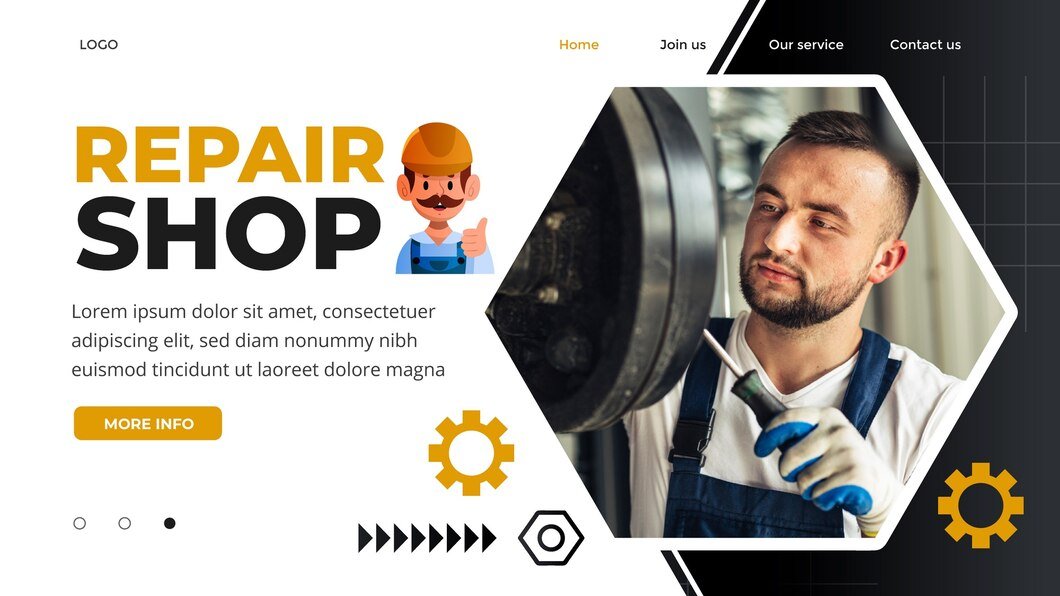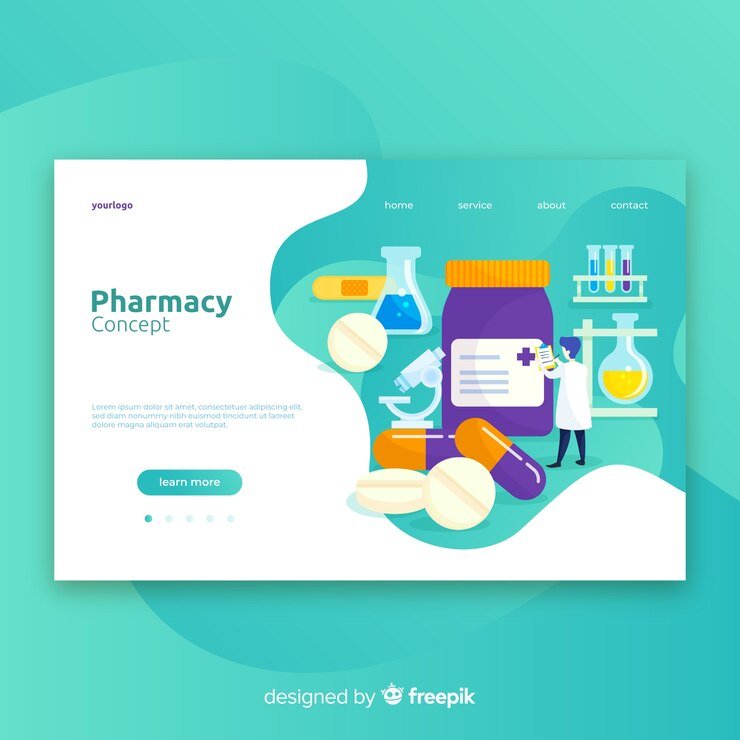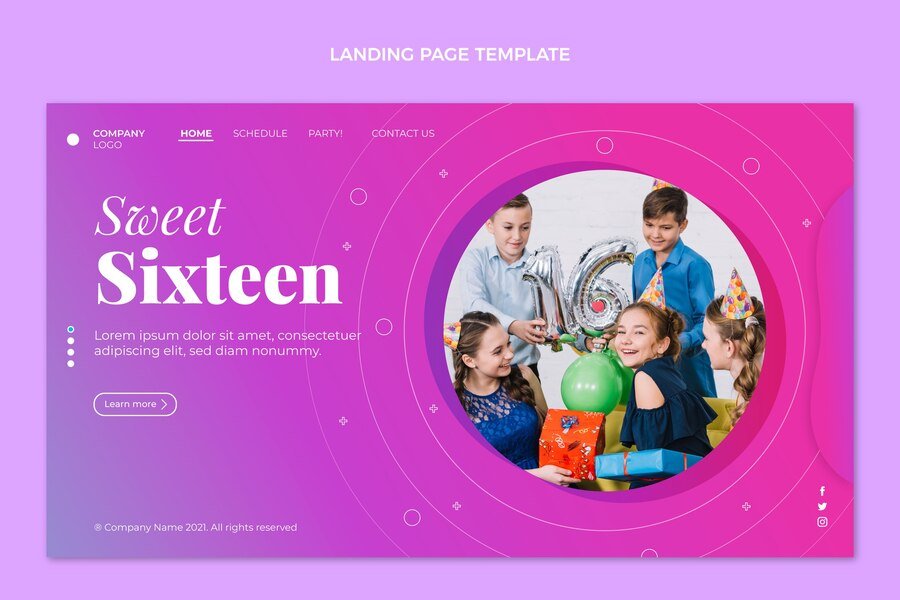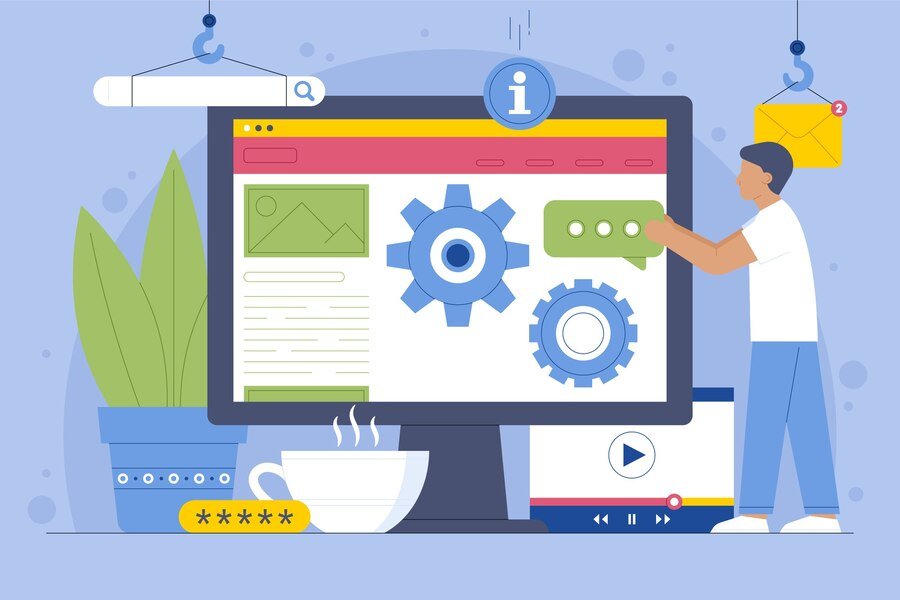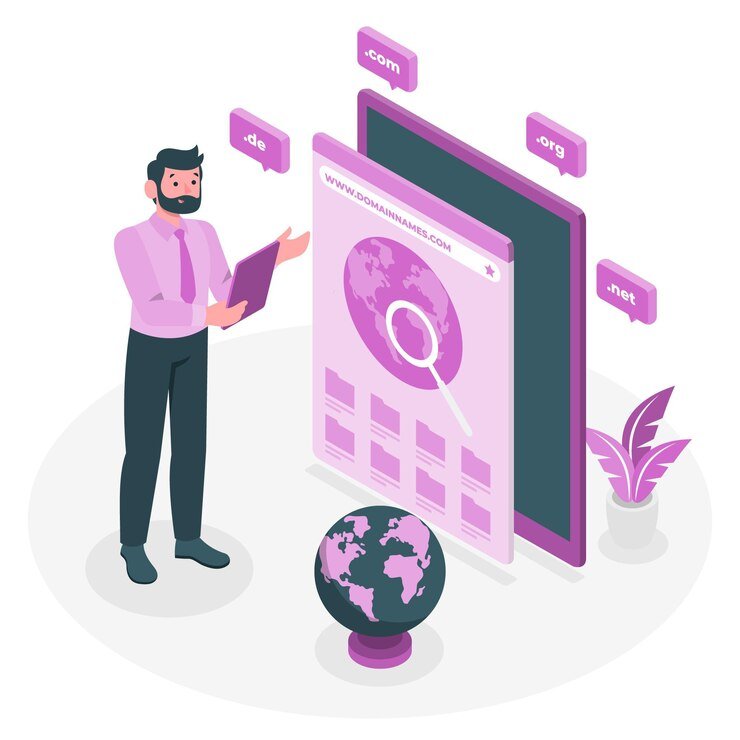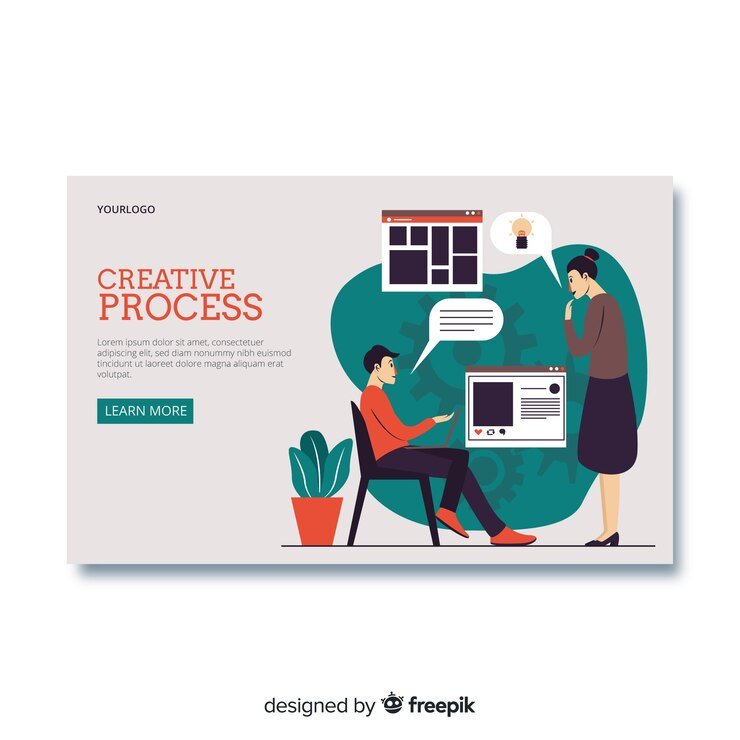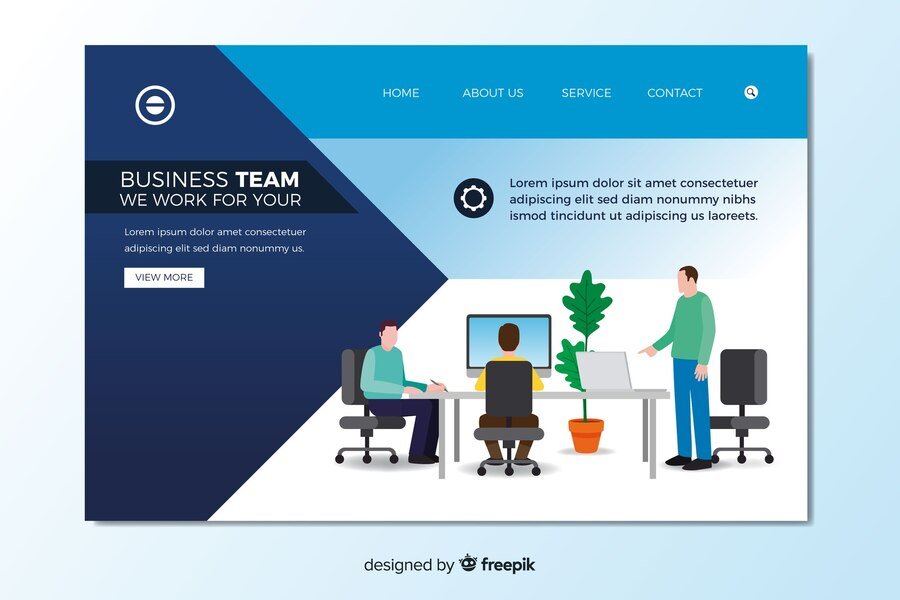Personalization has become a cornerstone of successful e-commerce strategies, offering businesses the opportunity to engage customers on a more individualized level and drive higher conversion rates. By tailoring experiences based on user behavior, preferences, and demographics, e-commerce businesses can enhance customer satisfaction, foster loyalty, and ultimately increase sales. This article explores effective personalization strategies that can significantly impact e-commerce sales performance.
Importance of Personalization in E-commerce
Personalization in e-commerce involves delivering customized experiences to individual customers based on their unique attributes and behaviors. It goes beyond generic marketing approaches by addressing specific customer needs and preferences in real-time. The benefits of personalization include improved customer engagement, higher conversion rates, increased average order value (AOV), and reduced cart abandonment rates.
Effective Personalization Strategies for E-commerce
- Behavioral Targeting and Recommendations:
- Product Recommendations: Implement personalized product recommendations based on browsing history, purchase behavior, and demographics. Use algorithms to suggest related or complementary products, increasing cross-selling opportunities.
- Dynamic Content: Display personalized content such as banners, promotions, and product categories based on user interests and past interactions. Tailor content to match the stage of the customer journey (e.g., new visitor vs. returning customer).
- Personalized Email Marketing:
- Segmentation: Segment email lists based on customer data (e.g., purchase history, location, preferences). Send targeted email campaigns with relevant content and offers that resonate with each segment.
- Triggered Emails: Set up triggered emails based on specific actions or events (e.g., abandoned cart reminders, post-purchase follow-ups, personalized recommendations). Increase engagement and encourage repeat purchases through timely communication.
- Customized Product Pages and Experiences:
- User-Generated Content: Showcase user-generated content such as reviews, ratings, and photos on product pages. Build trust and credibility by highlighting authentic customer experiences.
- Personalized Landing Pages: Create personalized landing pages based on referral source, search keywords, or previous interactions. Tailor messaging and promotions to align with customer interests and intent.
- AI and Machine Learning Algorithms:
- Predictive Analytics: Use AI-driven predictive analytics to anticipate customer behavior and preferences. Predictive models can forecast product demand, identify high-value customers, and optimize inventory management.
- Chatbots and Virtual Assistants: Implement AI-powered chatbots to provide personalized customer support, product recommendations, and assistance throughout the buying process. Enhance user experience and reduce friction in customer interactions.
- Offer Personalized Discounts and Promotions:
- Segment-Specific Offers: Create targeted discount codes or promotions for different customer segments (e.g., first-time buyers, loyal customers, high-value shoppers). Incentivize purchases and foster customer loyalty through personalized incentives.
- Limited-Time Offers: Use scarcity and urgency tactics to personalize offers (e.g., birthday discounts, anniversary rewards) and encourage immediate action from customers.
- Optimize Mobile and Cross-Channel Experiences:
- Mobile Personalization: Customize the mobile shopping experience with responsive design, personalized content, and streamlined checkout processes. Ensure consistency across devices to enhance user satisfaction and conversion rates.
- Cross-Channel Integration: Maintain a cohesive customer experience across multiple channels (website, mobile app, social media). Use data integration to deliver consistent messaging and personalized recommendations across all touchpoints.
Implementing Personalization Successfully
- Collect and Analyze Customer Data:
- Gather relevant customer data through website analytics, CRM systems, and marketing platforms. Capture information such as browsing behavior, purchase history, demographics, and preferences.
- Use data analytics tools to segment customers effectively and derive actionable insights for personalization strategies.
- Test and Iterate Personalization Strategies:
- Conduct A/B testing to evaluate different personalization tactics, such as product recommendations, email content, and promotional offers.
- Measure performance metrics such as conversion rates, AOV, and engagement levels to identify successful strategies and optimize continuously.
- Compliance and Data Privacy:
- Ensure compliance with data privacy regulations (e.g., GDPR, CCPA) when collecting and using customer data for personalization purposes.
- Obtain explicit consent from customers for data processing and clearly communicate how their information will be used to build trust and transparency.
- Monitor and Adjust in Real-Time:
- Use real-time analytics to monitor customer interactions and adjust personalization strategies accordingly. React promptly to changes in customer behavior or market trends to maintain relevance and effectiveness.
Case Studies and Examples
Highlight successful e-commerce brands that have implemented effective personalization strategies to drive sales growth and enhance customer experiences. Discuss specific tactics, results achieved, and lessons learned from their personalization initiatives.
Conclusion
In conclusion, personalization is a powerful strategy for e-commerce businesses looking to differentiate themselves in a competitive market and forge deeper connections with customers. By leveraging customer data, AI technologies, and personalized marketing tactics, businesses can deliver relevant experiences that resonate with individual preferences and drive higher conversion rates. Embrace a data-driven approach, continuously test and optimize strategies, and prioritize customer-centricity to unlock the full potential of personalization in driving e-commerce sales and fostering long-term customer loyalty.


